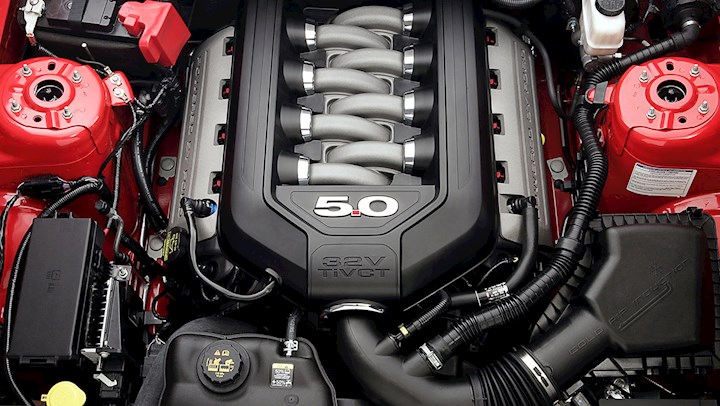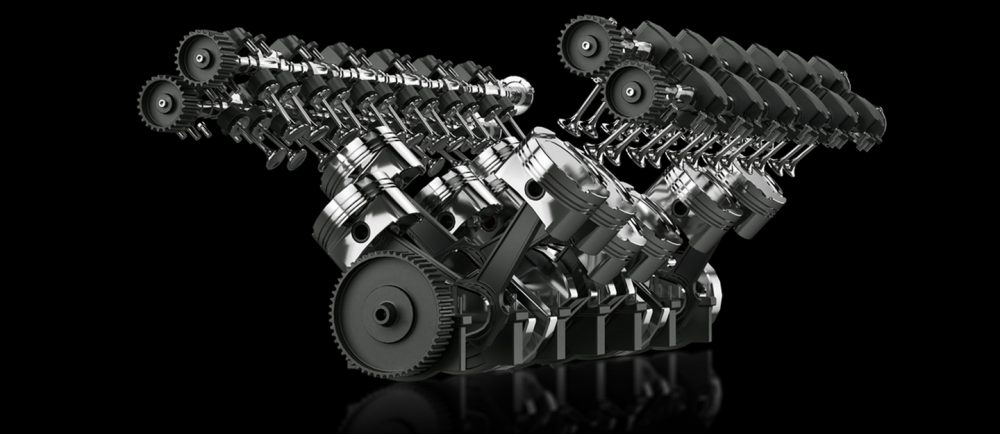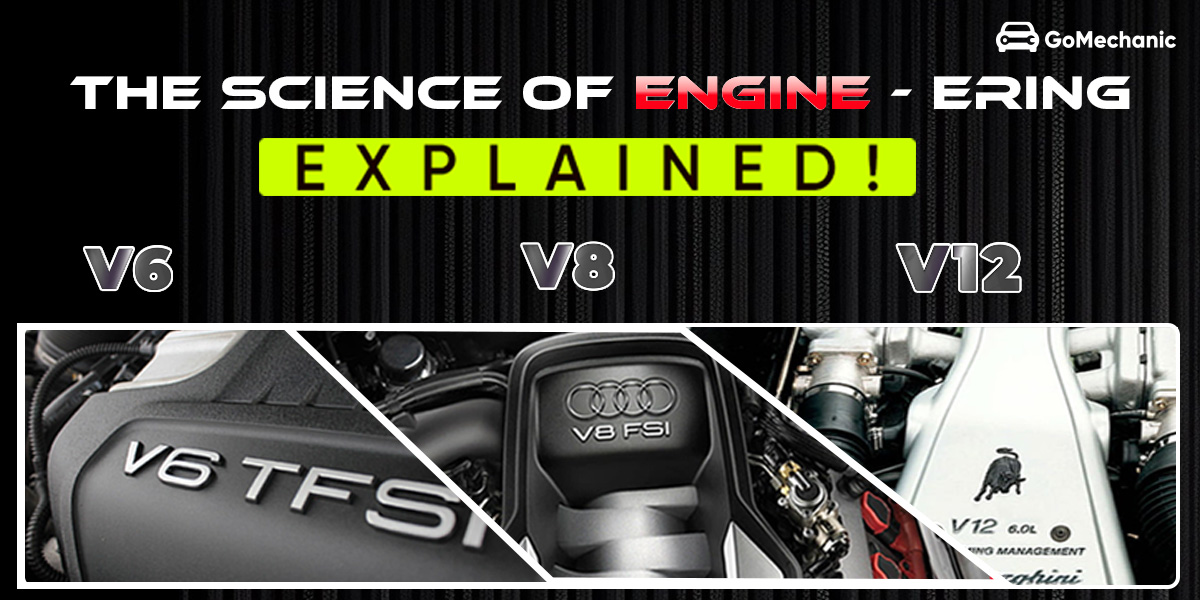When it comes to the heart of your motor vehicle, the motor, the quantities can occasionally be a very little mystifying. Amongst the well known configurations are V6, V8, and V12 engines, each individual touting its have positive aspects and nuances. Dive deep with us as we investigate the science and engineering at the rear of these powerhouses.
V6 Engines: The Balanced Performer
V6 engines have identified their spot in numerous of today’s most preferred sedans, SUVs, and even some high-overall performance vehicles. But what is the science driving their appeal?
Configuration: The ‘V’ in V6 denotes the arrangement of cylinders – they are configured in two banks, with a few cylinders on every side, forming a ‘V’ condition.
Stability & Smoothness: One particular of the standout functions of a V6 is its pure stability, minimizing the need for balancing shafts, which in turn increases efficiency.
Gas Efficiency: Generally, V6 engines give a excellent compromise concerning electricity and gas financial system, producing them ideal for a diverse selection of vehicles.
V8 Engines: The Ability Player

V8 engines are synonymous with American muscle mass vehicles, offering the electrical power and performance that enthusiasts crave. What sets them apart?
Configuration: A V8 motor, as the identify implies, consists of eight cylinders arranged in a V-shaped configuration, with 4 cylinders on each lender.
Torque: These engines usually develop better torque, which is the pressure that can help transfer the vehicle from a standstill. This will make them fantastic for cars that require swift acceleration.
Audio: The distinct roar of a V8 motor is unmistakable and is usually affiliated with energy and performance.
Reliability: Historically, V8 engines are identified for their longevity and for a longer time lifespans, thanks to their robust construction.
V12 Engines: The Magnificent Powerhouse

Often reserved for luxury vehicles and high-performance sports activities automobiles, the V12 is the epitome of smoothness and ability.
Configuration: A V12 motor has twelve cylinders in a V-formed configuration. This implies 6 cylinders on each individual financial institution.
Smoothness: Many thanks to the higher number of cylinders, V12 engines have an nearly unmatched smoothness. They have shorter strokes, which implies much less vibration and piston motion.
Overall performance: With so quite a few cylinders firing, the electrical power shipping and delivery is constant, giving V12 engines remarkable acceleration and overall performance metrics.
Standing Image: A V12 engine is normally viewed as a marker of luxurious, utilised by superior-conclusion manufacturers to signify the pinnacle of their engineering.
Why Does the Configuration Make a difference?
Motor configuration influences several facets of a vehicle’s effectiveness, like:
Vibration and Harmony: The much more balanced an motor, the much less vibrations it sends to the car’s human body. This impacts the total journey good quality.
Ability and Torque: The selection and arrangement of cylinders can impact the volume of energy and torque an motor generates.
Gasoline Performance: Additional cylinders can indicate extra fuel use, but the engine’s structure and vehicle’s weight participate in significant roles too.
Dimension and Bodyweight: A V12 engine will naturally be larger sized and heavier than a V6, which can influence the vehicle’s dealing with and efficiency.
Long run Trends: What Lies Forward for V-Configured Engines?
Whilst electrical cars are gaining traction, the allure of internal combustion engines, primarily V-configured ones, continues to be.
Hybrid Systems: To satisfy stringent emission norms, makers are mixing V-configured engines with electric technologies to produce hybrid motor vehicles.
Turbocharging and Supercharging: To get far more energy from scaled-down engines, turbocharging and supercharging are becoming progressively employed. This engineering boosts the engine’s performance and electricity with out substantially rising its size.
Substance Science: Advances in materials science indicate engines can be lighter, more powerful, and extra effective, making certain the longevity of V-configurations.
Our Choose:
The science and engineering guiding V6, V8, and V12 engines reveal a environment of innovation, enthusiasm, and precision. Irrespective of whether you are searching for stability, power, or sheer luxury, being familiar with the intricacies guiding these configurations can support in making informed possibilities and deepening appreciation for automotive engineering.
